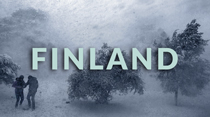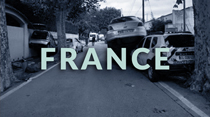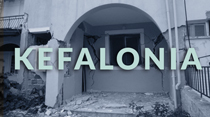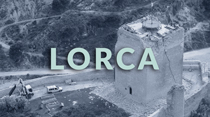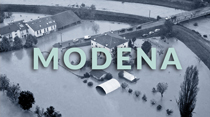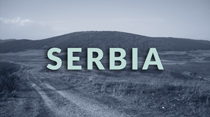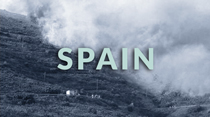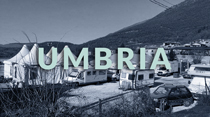The Tara mountain showcase – Serbia
The fire in “Tara” National Park
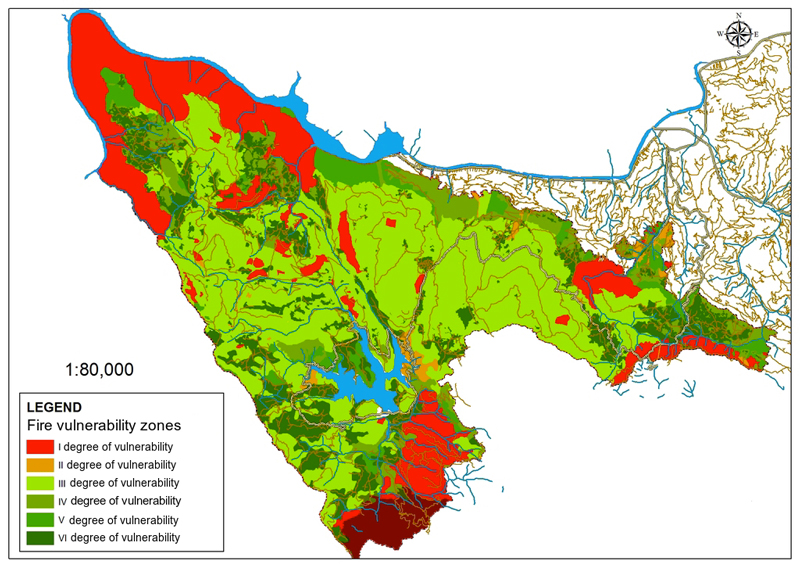
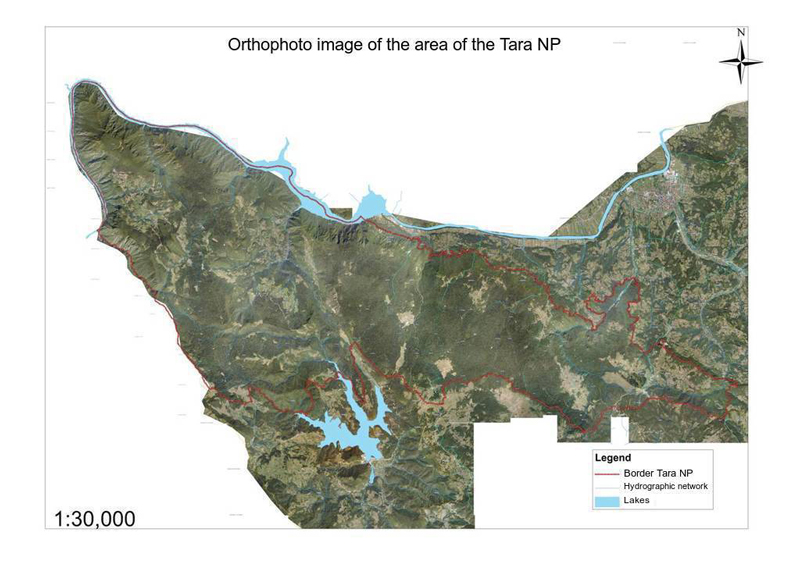
Tara Mountain is located in the far west of Serbia and includes the mountainous area located in a large hairpin bend of the Drina River. To the north, it is surrounded by the Drina River, to the west by the Derventa and the Beli Rzav Rivers, to the south by Mokra Gora and Kremna Basins and to the east by the Pilica and the Solotuška Rivers. It has been proclaimed national park and joined the `jewels` of the national, European and world natural and cultural heritage. The area of Tara National Park is 24.991.82 ha.
`Tara` National Park with the River Drina Canyon is characterized by highly preserved and diverse autochthonous ecosystems, mainly of Tertiary age, as well as by specific and unique phenomena of this complex that are related to the microrefugia and the refugial character of Tara Mountain.
These are generally the best-preserved and highest-quality forest complexes in the Balkans and Europe, where out of a total of 40 phytocoenoses, 4 are relict, while well-preserved forests of spruce, fir, beech and pine cover over 60% of the area of the National Park. This unique refugium of tertiary relicts is distinguished by typical representatives of the world rare and endangered flora, among which the best known is the Serbian spruce (Picea omorika). Its habitat near Zaovine village on Mt.Tara is Locus classicus of this species. The same applies to the Derventa River Canyon, where J. Pancic recorded specimens of a new species not known to the science and which he described together with Visiani as the Centaurea derventana (Deventa knapweed). Besides the Serbian spruce and the Derventa knapweed local endemics of Tara include Aquilegia grata whose rare habitats in the territory of Serbia and Bosnia are its only habitats in the world. These species which can be found only in the limited microsites of Mt.Tara are important because they increase the degree of biodiversity of this massif, indicating that, among other things, it is one of the most significant biodiversity hotspots of the Balkans and the wider region and thus justify the proposal to enter NP `Tara` into the World Heritage List (UNESCO).
As a result of global climate change, `Tara` National Park is faced with the increasing number of forest fires that seriously threaten the material goods and significantly damage the environment. Besides the forest die-back resulted from an increase in the mean daily temperature on Mt. Tara, there is considerable damage caused by forest fires.
This recent trend of increasing fire-affected areas has stressed the need to introduce procedures and activities that will improve the measures of preventive protection and thus mitigate the effects of climate change.
The fact that preventive measures (construction of fire protection lines, water intakes, etc.) are not carried out in private forests is one of the most serious problems since 30% of the forests within the National Park is privately owned. Other problems include a large number of elderly households that are unable to implement protection measures, neglected private properties, lack of prevention culture (human negligence).
These facts significantly contribute to the emergence and spread of forest fires.
An analysis of the records of forest fires in the territory of the Republic of Serbia in the last twenty years has shown that the most damaging fire occurred in the village of Zaovine in 2012.
In the `Tara` area, a fire broke out in 1972 at a site known as `Solila` not far from the site where the fire broke out in 2012, but this one was extinguished by heavy rain. The fires had a similar developmental stages (fire behavior). In the large forest fire in 2012, a total of 2,000 ha of forests and forest land was burnt.
During 2012, extreme weather conditions, prolonged droughts and high summer temperatures brought about forest fires in the territory of Bajina Basta municipality. The largest fire-affected area was in CM Zaovine. The fire broke out on August 16 and lasted until September 10, 2012.
The total area under forest in CM Zaovine is 2394.21ha, which means that the fire-affected area of 700 ha represents 30% of the total area under the forests of CM Zaovine.
The worst fire event that has ever occurred in `Tara National Park` was in the village of Zaovine, in the municipality of Bajina Basta, Zlatibor District. The fire spread to Mokra Gora and Kremni, where it affected the forests of Austrian and Scots pine, the forests of Scots pine and hop-hornbeam and the forests of spruce, while it didn`t spread in the mixed forests of fir, beech and spruce. The forests affected by catastrophic fires were mostly privately-owned forests. These surface areas affected by the fire are located at 900-1200 m above sea level on steep and very steep terrain. They are intersected with streams, which makes it a typical mountain relief with a multitude of ridges and deep terrain, hillsides and ravines and generally with very steep slopes. The bedrock is limestone and serpentinite, which are very suitable for the spread of fire.
The harmful effects of fire events were related to the disturbance of biodiversity and homogeneity of this area, landscape value and its attractiveness in general.
In addition to the significant impact on the destruction of the biodiversity of the area, forest fires also contributed to the frequent occurrence of torrential floods. In such circumstances, torrential floods occur as secondary events most commonly caused by weakened soil due to erosion that was previously caused by the primary event – forest fires.
Torrential floods are primarily characterized by sudden occurrence (after heavy rainfalls), short duration (usually no more than 30 minutes) and wrecking havoc they leave behind.







